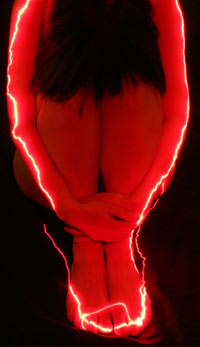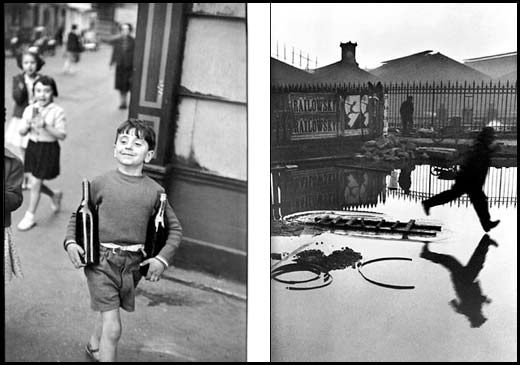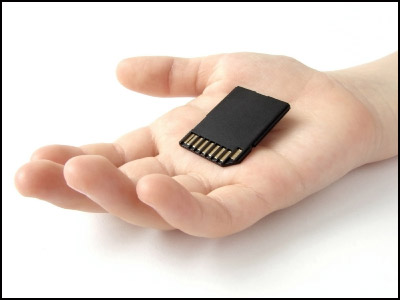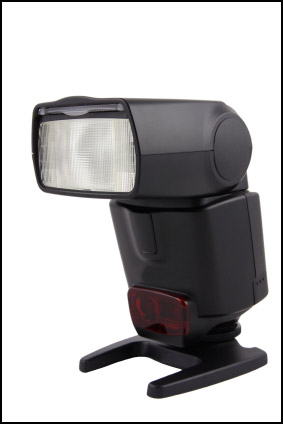LIGHT PAINTING
Light painting has actually nothing to do with ‘painting’ per say, but rather is an artistic form of photography. To go about it, choose a subject to shoot, turn off the lights, and while holding your light source, move it around. Playing around with‚your shutter speed will affect the outcome of the shot; a good shutter speed for this type of artistic imagery is 20–30 seconds.

Image by Marko Kulik
This is a fun way to experiment with your camera and lighting, and can produce some fabulous results. Best thing? You don’t need to have much‚patience for it! 20–30 minutes is all you need and you’ll get a nice handful of shots.‚Nice idea when doing this type of exercise is to wear black clothing… otherwise you may become the focal point of your shoot!
For some tips and examples check the link in our photography forum
You can also take a listen to our painting with light podcast






